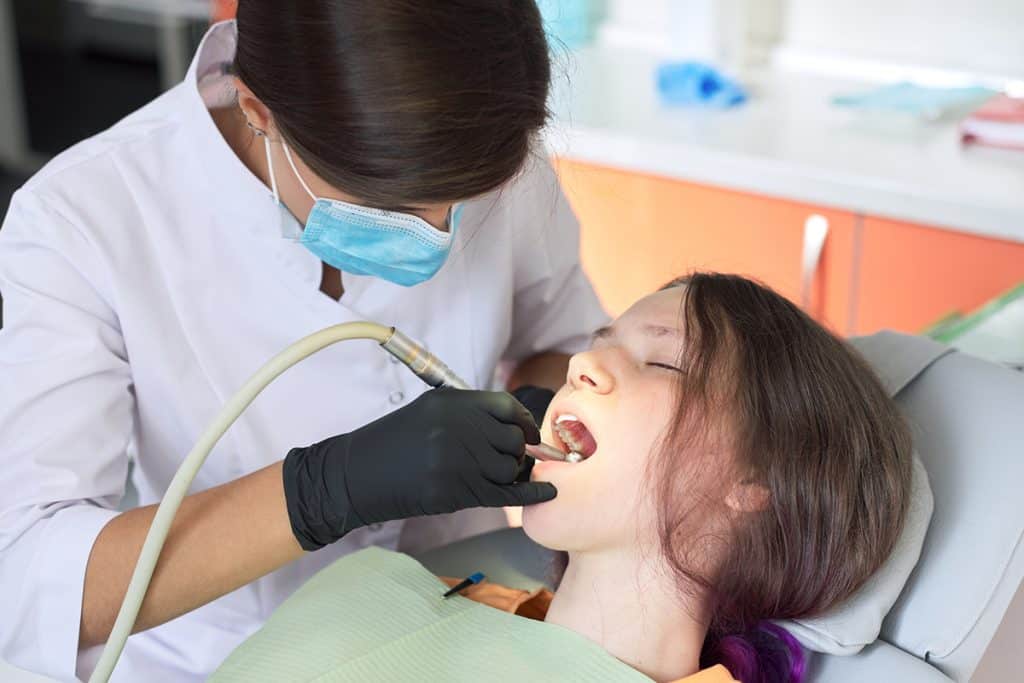How Does Sedation Dentistry Work?

If you’re anxious about visiting the dentist, you’re not alone. Many people experience fear and anxiety regarding dental appointments, but there is an answer.
Sedation dentistry is a safe and effective way to manage dental anxiety and help you get the dental care you need.
In this article, you’ll learn all about sedation dentistry – how it works, its benefits, and the different types of sedation available. From IV sedation to oral sedation and more, you’ll have the information you need to make an informed decision on the best option for you.
Don’t let anxiety keep you from getting the dental care you need – learn more about sedation dentistry today!
What is sedation dentistry?
Sedation is a drug-induced state of reduced consciousness and arousal. It is commonly used to treat anxiety and fear and may be administered as a type of anesthesia in dentistry.
Oral sedation and IV sedation are the most common types of sedation used in dentistry, and they can be used to ease dental and medical procedures.
- Oral sedation involves taking medications that reduce the feelings of anxiety or pain in the patient.
- IV sedation involves a saline solution containing a sedative that is administered intravenously.
Both types of sedation are milder than general anesthesia, which is the most extreme form of sedation and involves complete loss of consciousness.
Types of sedation dentistry
Oral sedation is used to treat mild to moderate dental anxiety or pain. Oral sedation medications are safe to use with any type of dental procedure and generally don’t require any special preparation. Oral sedation can be used to numb the mouth to reduce sensitivity to touch, eliminate the need for anesthesia, or both.
Inhalation sedation is used to administer nitrous oxide (often called “laughing gas”) to reduce or eliminate the need for anesthesia. Nitrous oxide is safe to use with any type of dental procedure and generally doesn’t require any special preparation. Inhalation sedation can be used to numb the mouth to reduce sensitivity to touch or eliminate the need for anesthesia. This is a common sedation option for dental anxiety treatment.
IV sedation is used to administer a sedative that is administered intravenously. IV sedation is a common type of sedation used to administer general anesthesia. IV sedation reduces anxiety and pain in patients who may not be medically fit or stable to receive anesthesia by another route.
How to prepare for sedation dentistry
When you arrive at the dental office for your appointment, let the staff know that you’d like to be sedated. You can tell them that you’re experiencing dental anxiety and that the appointment is especially stressful for you. It may also be helpful to talk about any specific anxieties you have related to the dental procedure.
Let the staff know about any medications that you’re taking or other health conditions that you want to be aware of. Schedule your appointment for a day when you’re not feeling sick or have other extensive plans. If you’ll be experiencing dental anxiety, it’s helpful to have as much time as possible to prepare mentally.
Sedation Dentistry in Oakland
If you’re having trouble coping with dental anxiety, it’s worth seeking treatment. There are many benefits to receiving treatment for dental anxiety, such as improved dental health, a decreased likelihood of repeat visits to the dental office, and a decreased likelihood of suicide.
Now that you have a better understanding of sedation dentistry, you are well prepared to make an informed decision on the best option for you. Whether it’s oral sedation, IV sedation, or a combination of both, you’ll know what to expect during your appointment.
To learn more about sedation dentistry, contact us at201-337-7733.

